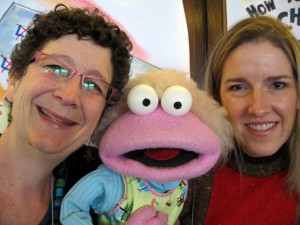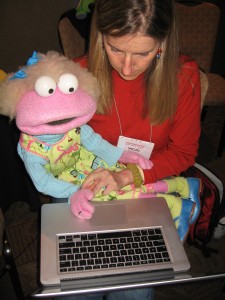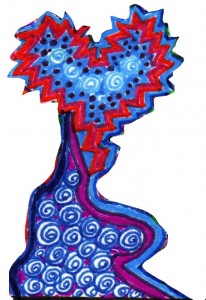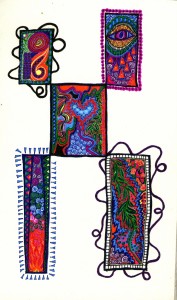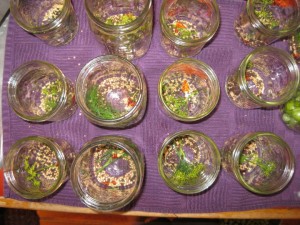 Campus Focus had an interview with Stephen Downes a while back (yes, this post has been sitting in the half baked column for a while). He offers some great technology stewardship advice when thinking about “traditional” learning tech such as learning management systems and collaborative tools. I could not resist sharing one and encouraging you to read the rest of the article which is TERRIFIC!
Campus Focus had an interview with Stephen Downes a while back (yes, this post has been sitting in the half baked column for a while). He offers some great technology stewardship advice when thinking about “traditional” learning tech such as learning management systems and collaborative tools. I could not resist sharing one and encouraging you to read the rest of the article which is TERRIFIC!
… Don’t put too many people in the same space. Say that we’re running a massive online course with 1,200 people [enrolled]. The only way to manage a course like this is to [divide up] the students so we don’t have 1,200 people trying to comment in the same space. Instead, we encourage them to use their own blogs for that. The tendency [with collaborative tools] is to try to bring everybody into a single environment in order to foster collaboration, but my preference is to foster the collaborative activity itself outside the environment, and to use the environment only for reporting and communication. There are some really superb collaborative tools out there – Google Docs for example. If you’ve got 100 people in your class and you want them to collaborate – well, move them into groups of [perhaps] eight or so. Have them collaborate and then come back to the main area…. You don’t need to do everything in the collaborative environment itself, and in fact, there are many reasons why you shouldn’t do everything [there]. People think of collaboration as lining everybody up under the same banner. But collaborations work not when there is unanimity but rather when there is diversity. Having people perform different roles that draw on their different strengths, and having each person bring what is unique to themselves to the table, then valuing that contribution and finding ways to synthesize those individual contributions – that produces a stronger, more rewarding collaboration.
